this post originally published in June of 2022
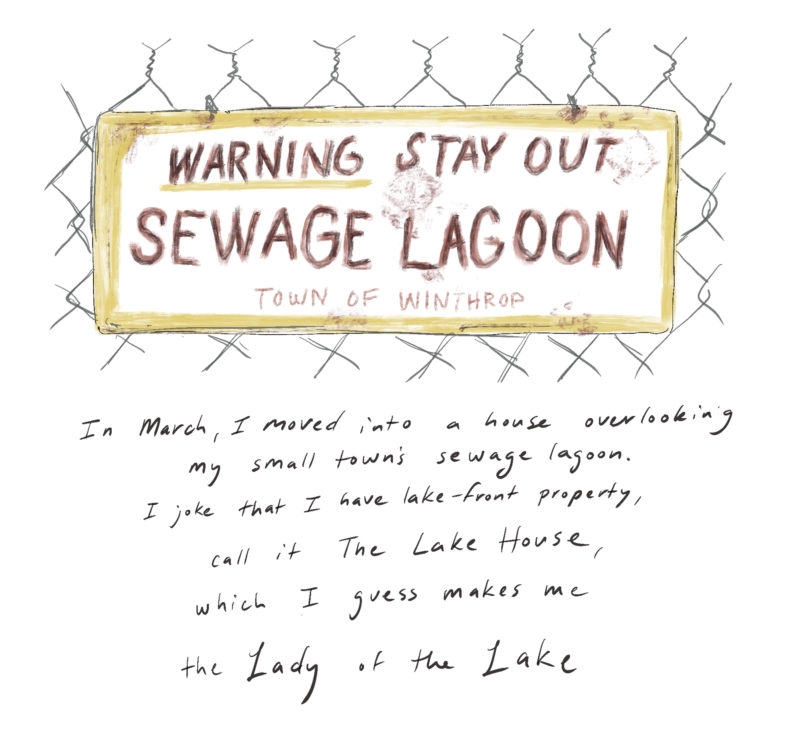
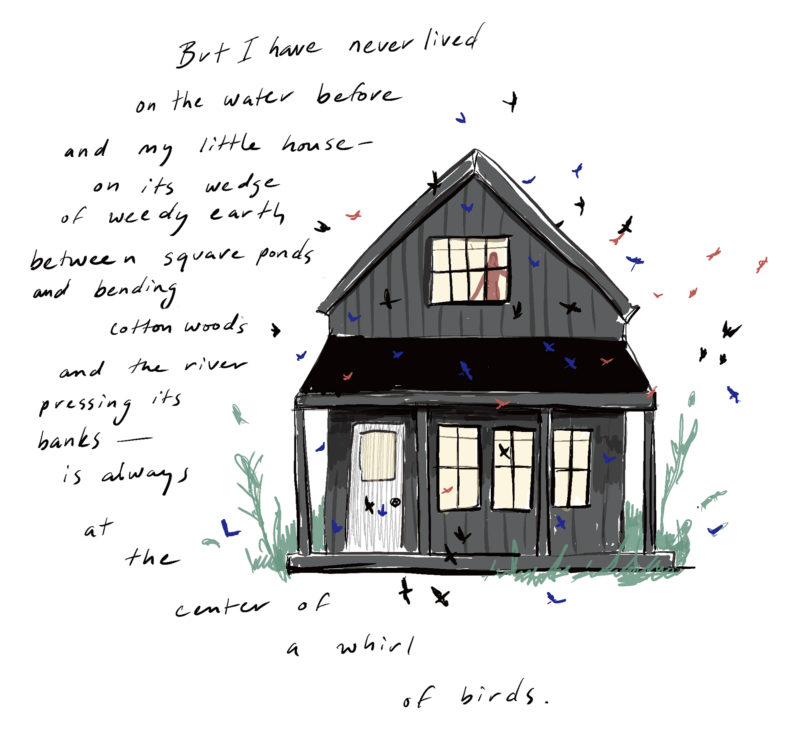
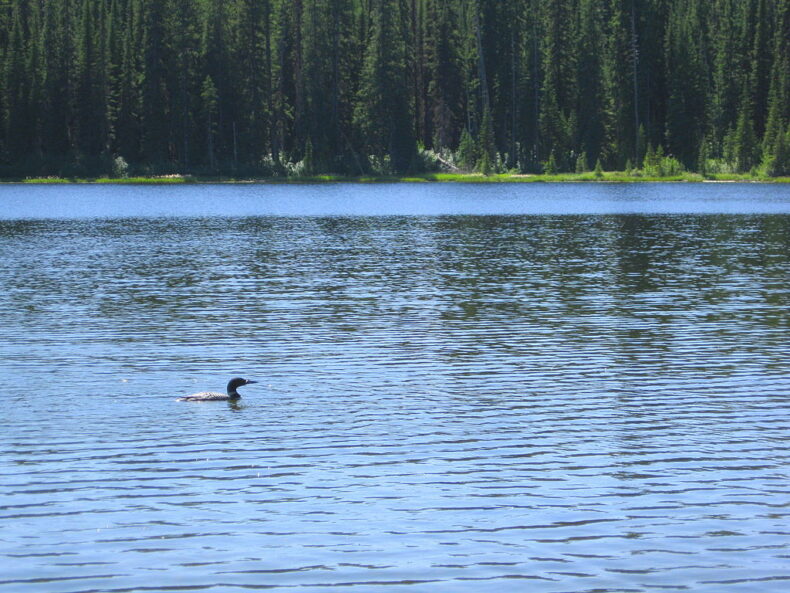
We, the People of LWON, write whatever the f*** we want. But on days when we just can’t, we rerun an old post. Today, I just can’t. And yet rerunning old posts is against my personal religion. So today I am excavating the blog post that I partially wrote in the summer of 2021 and then left sitting at the top of our content management system for two and a half years, where all of the People of LWON could see “Birding – DO NOT PUBLISH” every time they logged in. Now, their nightmare is over. Here it is, with notes.
Continue reading
My 4-year-old has developed a borderline unhealthy obsession with Star Wars over the past month or so. Yesterday, as I was reading from our latest purchase, 5-minute Star Wars Stories, I fell asleep. I was in the middle of a chapter about Ewoks. I’ll give you the gist: Heroes end up on a planet with furry little people called Ewoks, Ewoks don’t trust them (except Leia), Ewoks believe golden robot C-3PO is some kind of supernatural being?, C-3PO convinces them to trust the heroes, they all go to blow up some bunker in order to destroy the Death Star’s shield. (Ok, everything I’ve learned about Star Wars, I’ve learned from 5-minute Star Wars Stories, but this doesn’t make any sense. Why is equipment key to the Death Star’s shield housed in a bunker on the surface of a planet? How does that even work? Why won’t the Ewoks believe Leia that the rest of the heroes are good guys, but they’ll believe C-3PO? Why does one of the Ewoks try to hug Han, and why was that exchange important enough to include in the 5-minute version of the story?)
Anyway, I digress. As I was reading, I fell asleep. Yet I kept on talking. It was a key moment in the story: The heroes are about to storm the bunker, and they’re confronted by Storm Troopers. In the actual story, the heroes disarm the Storm Troopers and enter the bunker. In my version, they confront the Storm Troopers and say “who made all this mess?” That line woke me up, because . . . what? My son and I laughed and laughed. It reminded me of this post, which originally ran in June 2020.
Continue readingThis post comes from 2015, which seems like lifetimes ago, and I don’t know what happened to the woman I interviewed or this small patch of earth in Iowa she was defending. I’ve often turned to this memory as a sign of hope in a decaying natural world, one person focusing her life on one small tangle of green in an empire of monoculture.
A summer not long ago I went for a grueling 3-day backpack through GMO cornfields in Iowa, camping among walls of waxy green leaves that sawed against each other in the breeze. I wanted to see what besides corn and soybeans lived out here. Not much, I found. Spiders and ants were few and only the smallest species survived. There were some mushrooms, but not many, and I happened into a whitetail deer one night. Otherwise, it was a catastrophic biological landscape, as if a bomb had gone off killing almost everything but a couple engineered species.
Thrashing out of the hot, dripping fields, my skin coated in sweat and grimy soil the consistency of shoe polish, I set off looking for signs of biologic hope in the area. I ended up at small patch of what is called virgin prairie, a plot of ground near the forgotten town of Butler Center where crops had never been planted. The town itself was gone, plowed under and turned into rows of corn, while this plot called the Clay Hills Preserve had been set aside. No plow had ever touched the ground.
Ruth Haan, a woman in her eighties, was one of the last on a board of volunteers overseeing the preserve. Locals warned me that Haan was losing her mental faculties. Her niece who drove her to the site to meet me on a blistering summer day said right in front of her that she was getting a little loopy.
“Oh, honey, I just need a little help now and then,” Haan said in her sundress, the fat of her arms hanging like handbags.
Haan pushed her wheeled walker across bumpy ground to reach the fence marking the refuge that she’d known her entire life. “Volunteers haven’t met for quite a while because most of us have died,” she said. “I sure hope someone will keep an eye on this after I’m gone. It’s the last piece around.”
Continue reading
God damn it, advertising can be powerful. I mean, not that I would ever buy some stupid crap because I saw it advertised on TikTok, of all platforms…that place is rife with over-hyped junk and over-painted hawkers (the term “influencer” makes my toes curl, no joke) and I’m not pathetic enough to fall for their BS.
Until I was. What got me: It was the yummy sounding scents that mean spring and sunshine and a breeze up your skirt. It was the arty images of grasses waving and glitter on the water and dandelion seeds in her hair. Damn it if a company that makes earthy perfumes didn’t grab me and hold me down and whisper sweet nothings against my forehead while I typed my credit card number into their website.
Continue reading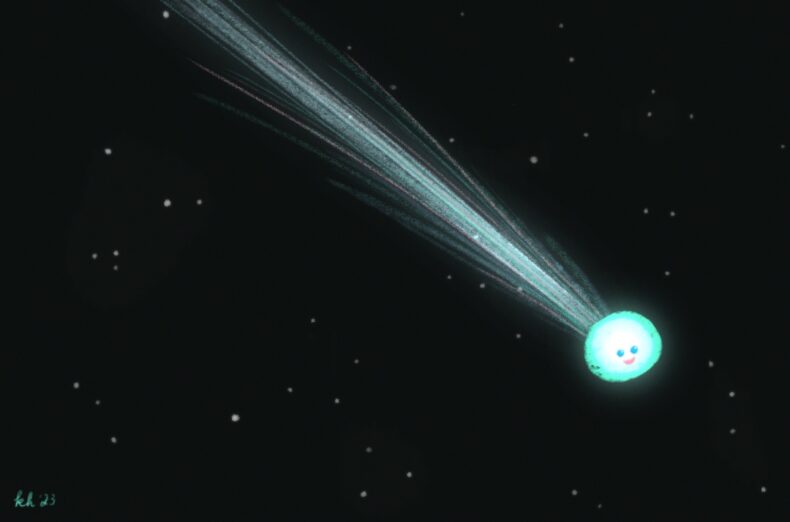
It came as a surprise, a gift from no one in particular: a blush-pink postcard tucked beneath the bottle of sunscreen in my Sephora order, emblazoned with an utterly mystifying collection of words.
HANGOVERx PILLOW BALM
(What?)
We LOVE your lips even when you don’t
(What?)
Infused with mineral-rich stardust
(WHAT?)
The shiny pink button affixed to the card was, I realized, a sample of the product. I turned the card over and was rewarded with a wall of cramped text and new levels of confusion.
This luxuriously rich and creamy balm is infused with an ultra-charged blend of minerals sourced from real FALLING STARS and a nourishing complex of fruit oils, conditioning butters, coconut water and plumping hyaluronic acid for pillowy soft, ultra hydrated, replenished lips.
The ingredient list was significantly smaller, nearly requiring a magnifying glass to read. But there it was, after the nourishing fruit oils and C12-15 alkyl benzoate:
meteorite powder
…What?
Continue readingIt was 60 years ago today that the Beatles first appeared on “The Ed Sullivan Show.” This post originally ran in 2012.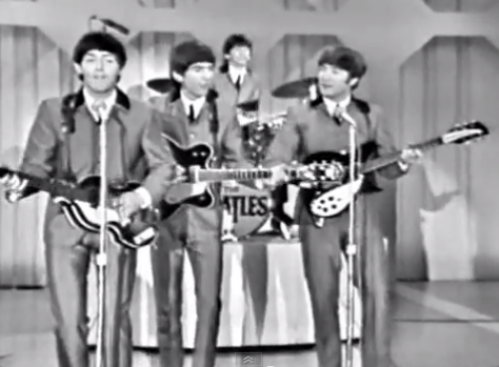
I was watching the Beatles on “Ed Sullivan” the other night when I got to thinking about Galileo. “Ladies and gentlemen, here are The Beatles!” cried Ed, in his imitable style, and the camera cut to curtains flying apart with an abandon that matched the song’s first notes, already slamming away. Then Paul stepped to the microphone and opened his mouth.
“[ ], she was [ ] seventeen, you know what I mean.”
But Paul recovered quickly. He bent closer to the microphone, so that now we could at least make out all the lyrics, even if the instruments were still overwhelming them.
Then John stepped forward toward his own microphone. Was his at the wrong height, too? Continue reading

This post originally appeared in March 2012.
“It is with the deepest sorrow that I have to inform you of the death of your son Norman. He died after an encounter with a lion near the Keito River in Portuguese West Africa 10/5/15. He made a very gallant fight and killed the lion with his knife after a severe struggle. He was serving as scout in the N. Rhodesian forces to which I also belong.”
So begins a letter from the closest friend (and executor, of which more later) of my great-great uncle Norman Sinclair. Having fought through the Boer War and stayed on in Africa as a hunter, the Scotsman was still in his twenties when he met his unusual end during WWI. A collection of his letters, along with the Dead Man’s Penny — made for all troops who died in the war, and ironically bearing the image of Brittania and a lion — were kept by Norman’s grieving mother and came into my own mother’s hands a few years ago. She was able to trace the story through official and informal accounts, all the way to his twice-exhumed and reinterred grave, now in Dar Es Salaam.
Continue reading